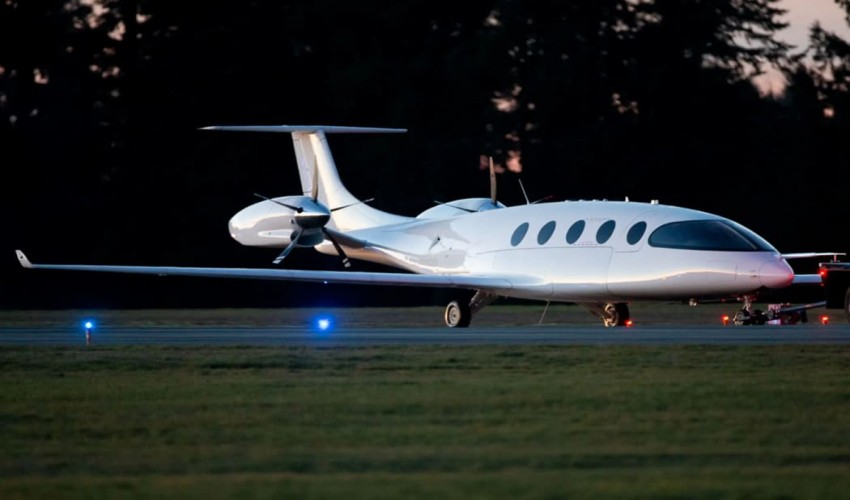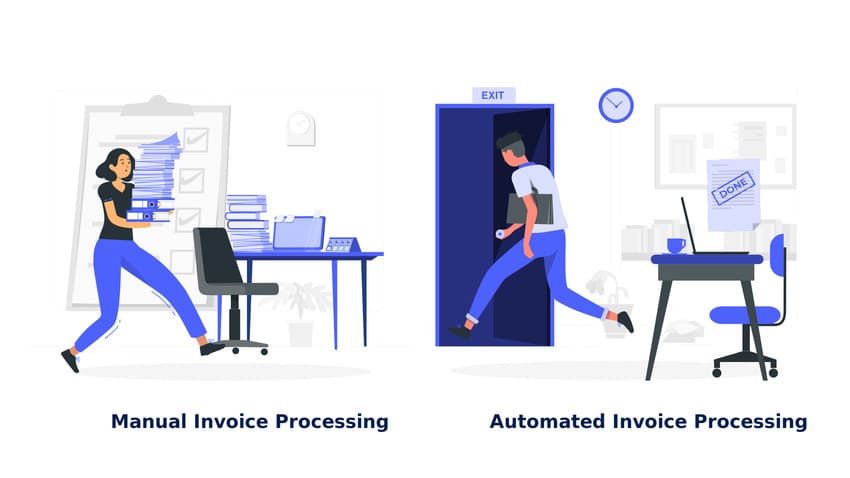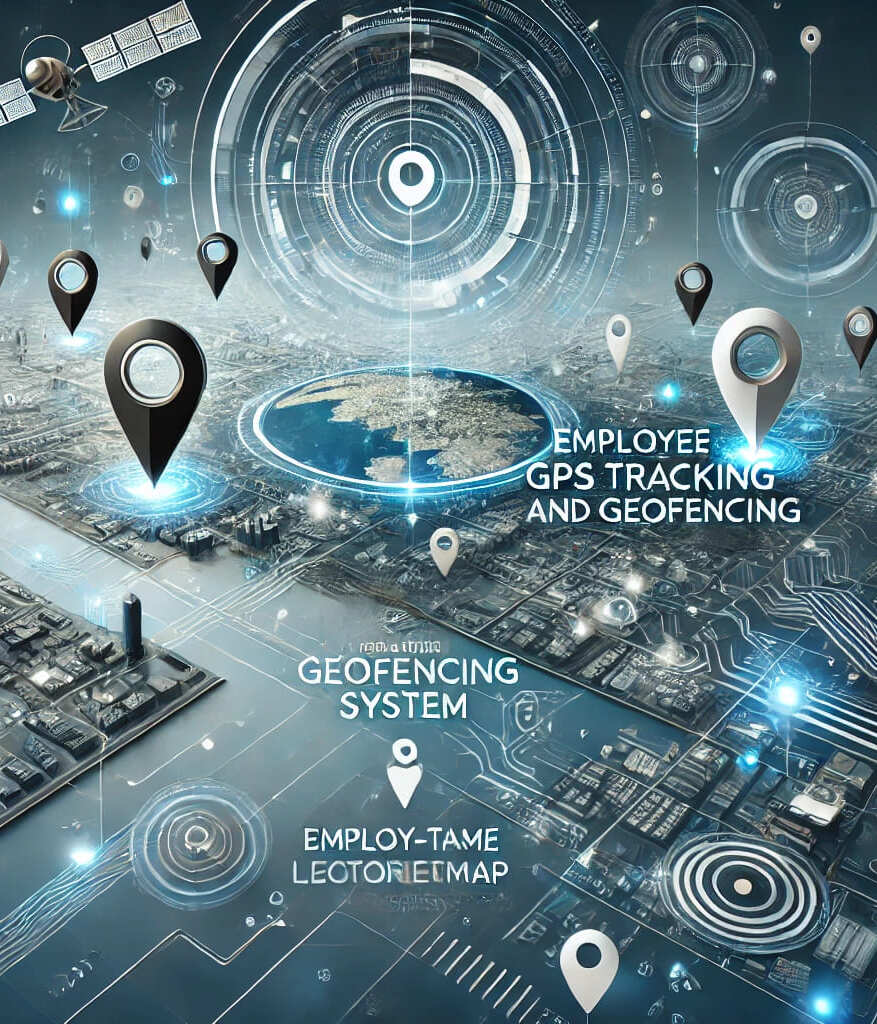Computer Science and Engineering
11
Electric aeroplanes are ready to take flight.
- Rating
- planes
- aviation
- aircraft
- airlines
- aeroplane
- flights
This article compares two Spanish airports that showcase the industry's historic significance and promising future. Teruel Airport, located in the country's east, is a parking ground for obsolete technology, with over a hundred jet aircraft, including colossal A380s, gleaming like a mirage beneath the sweltering Iberian heat. Few of these gas guzzlers will ever see the air again. The ATLAS Flight Test Centre at Villacarrillo, almost 250 miles to the south, is serving as a runway for an emerging class of considerably smaller aircraft called electric vertical takeoff and landing planes, or eVTOLs.
There will be changes in the future of the airlines who operate the large planes we now use since more governments and businesses are pledging to decrease emissions. Group CEO of Etihad Aviation Group Tony Douglas said in May at the Global Aerospace Summit in Abu Dhabi that the promise to net-zero carbon emissions by 2050 is the largest challenge facing commercial aviation. Only 2.5% of carbon dioxide emissions come from air travel. But such emissions are produced by a tiny fraction of the world's population annually, and the aviation sector is set for growth. If aircraft aren't grounded, it'll be extremely hard to cut down on emissions from flying. Douglas elaborated, saying, "I assume everyone in this room realises that the mechanics of powered flight make the realisation of that aim [net zero] quite impossible anytime soon."
It's no surprise that scientists and engineers all around the world are trying to figure out how to make flying completely emission-free. The difficulty of creating a flying electric vehicle (EV) revolution is that, in general, resisting gravity uses more power than going with it. Transporting a hefty battery by automobile down a level road is more manageable than hoisting it into the air via an aircraft or helicopter. (Clean aircraft fuels, which are liquids or gases made from renewable resources, are still rather pricey and won't be commercially viable for at least another decade, according to a PwC analysis. However, they are still a promising long-haul aviation fuel.
Designers and mechanics everywhere, from home workshops to multibillion-dollar corporations, are working around the clock on their 3D printers to construct prototypes of electric aircraft. Many are designing brand-new designs, while others want to improve upon pre-existing aircraft. And then there are eVTOLs, which may one day serve as a kind of futuristic helicopter taxi service. Many inventors, like the Wright Brothers, have been required to redesign and retest fuselages, engines, and fuels several times before they find what works. (A hybrid aeroplane has flown 341 miles, and a battery-powered helicopter has flown for 15 minutes.) It's possible that by 2024, after years of research and development, the first commercially-operated electric-powered aircraft will begin service, making non-polluting flights between major cities like New York and Philadelphia or New York and Rhode Island.
If you want to get a sense of who could come out on top in the technological stakes, one clue is to look at who is investing the most. Both short-range electric aircraft and eVTOL prototypes are attracting interest from airlines and financiers. Archer Aviation, Joby Aviation, and Wisk from California; Lilium and Volocopter from Germany; Vertical Aerospace from the United Kingdom; and Eve from Brazil are just some of the eVTOL businesses that have attracted billions in funding in the previous year.
American Airlines has placed a large order for Vertical Aerospace's VX aircraft, which can transport four people and have a range of 100 miles. The airline invested US$25 million in the company last year and placed a $1 billion purchase for 250 of the planes. United Airlines was among the corporations that helped Archer Aviation raise almost $1 billion. Stellantis has purchased a minority share in Archer, demonstrating the automotive industry's interest in the rapidly expanding eVTOL market; Honda is also working on a hybrid air taxi.
Seattle-based PwC partner Neil Baxter adds, "Once the obstacles of sustained battery-powered or carbon-free flying are solved, the potential accessible in short order are huge." There is a great opportunity for an immediate effect since "almost half of all scheduled commercial flights inside the United States are less than 500 miles and could be supplied by carbon-free aircraft."
The rationale behind airlines investing in electric planes is the belief that they will be able to expand their operations and compete more effectively by offering more point-to-point flights, thereby taking advantage of the vast, underutilised network of local and regional airfields and relieving pressure on major airports and highways.
A conventional Cessna Grand Caravan was retrofitted with batteries and with cutting-edge electric motors developed by magniX, a company specialising in electric propulsion technology, and flown by AeroTEC, a company based in the growing aviation corridor east of Seattle, at its test centre in Moses Lake in 2020. The flight was a significant advance in investigating the aviation of the future, but it also demonstrated that there was still a long way to go. Batteries in the Grand Caravan made it so heavy that the aircraft couldn't transport people or goods.
AeroTEC's CEO and president, Lee Human, says the company realised in 2019 and again in 2020 "during the flying demonstrations that we conducted" that the technologies were not yet suitable for production. But if you don't attempt and get started, you'll never get to production. The companies AeroTEC and magniX are not giving up, though; they're developing hybrid aircraft that use both conventional gasoline and battery power, like a hybrid automobile. The Los Angeles-based airline Surfair has been working with AeroTEC and magniX since the spring to install hybrid and electric powertrains in its Cessna aircraft. Company officials estimate that by taking this measure, CO2 emissions will be cut in half and operational expenses would be cut by a quarter.
An enormous market for retrofitting exists. According to Surfair, there are presently over 15,000 turboprop aircraft with nine to nineteen passengers serving regional routes. Human is also experimenting with hydrogen fuel, which has 1,000 watt-hours per kilo, or nearly four times the energy of an established battery system, and is an indication of the entrepreneurial spirit infiltrating the electric-aviation business. Just as he's constructing a go-kart, Human explains that they're removing fuel cells from a bus and installing them in an aircraft.
Human is optimistic, though, that batteries will rapidly advance and may ultimately prove more trustworthy and simpler to manage than hydrogen. We are all aware that technological progress moves at a lightning pace. Having batteries that [yield] 800 watt-hours per kilo is certainly feasible within the next decade.
Eviation, a competitor of AeroTEC, took a completely different tack by developing a brand-new aircraft whose porpoise-like form generates less drag than traditional planes. A maximum of nine people may be carried in "Alice," as the plane is affectionately called, and it can go 880 kilometres, or the distance from Munich to Paris, at a speed of 400 kilometres per hour. Alice is driven by two 640-kilowatt motors, also developed by magniX, which have as much power as 4,260 ordinary electric scooters, and will be put to the test this summer near Moose Lake, Washington.
Eviation CEO Gregory Davis calls this "the largest revolution in the aviation business since the world transitioned from the Super Constellation to the 707" to describe the transition from piston-propeller propulsion to jets. There will be a transition to a new age of aviation. Israeli scientist Omer Bar-Yohay cofounded Eviation, and like magniX, it is majority owned by Singapore's Clermont investment group, which is managed by New Zealand-born billionaire Richard Chandler.
Two clients have committed to Eviation thanks to the promise of zero emissions and a reduction in costs of 30–50%. Cape Air, a regional airline located in Massachusetts, plans to acquire 75 planes. DHL, a multinational logistics company, plans to add 12 Alice eCargo aircraft to its fleet by 2024. The planes' rapid charging period of 30 minutes per hour of flying time is one of its main selling points.
For some reason, eVTOLs have a unique allure when it comes to inspiring creativity. Some of the prototypes now on the market promise a future of extraordinary urban mobility, but they are still a ways off from being in every driveway. Electric helicopters aren't as powerful or versatile as their gas-powered relatives. However, the electric motor makes them much quieter, the number of smaller rotors makes them more safer, and their cost of operation is much lower (thanks to lower maintenance and fuel costs).
City Airbus, a four-seat eVTOL presently in development, will be used as an airport shuttle, an ambulance, and a minibus for ecotourism, according to Balkiz Sarihan, director of strategy at Airbus' Urban Air Mobility. Sarihan said that his company is working on "technologies that enhance the capabilities of traditional helicopters and in certain instances generate new industries." A lot of work went into creating the rotors for the eight motors to ensure they made as little noise as possible. The acoustics are equally as important as the decibel levels, according to Sarihan.
The City Airbus and other prototype eVTOLs can utilise existing helipads, therefore for the time being no special infrastructure is required for them beyond a charging station. According to Sarihan, specific vertiports with shops and other airport-like services might be built in the future next to railway stations. But from the get-go, we don't need that.
Based on the number of electric-aviation companies (about 400, according to Elivation's Davis), it's not hard to see the skies above Manhattan and other crowded urban areas becoming just as busy as the streets below in a matter of years. According to Sarihan, "we won't have hundreds of different sorts of cars running, but also not one or two." According to the nature of the objective, a certain design may be more appropriate. We're not talking about a market where one strategy works for everyone, and no one company can expect to dominate.
Wealth is necessary, but knowledge and persistence are equally crucial. Six, eight, or even 10 years may elapse between the initial concept and the first passenger flight. Extreme certification and safety standards need extensive redundancy, which adds to the already sluggish pace of development.
If you're going to invest a billion dollars, employ 500-1,000 people, and create a design, you better be sure it will be competitive for at least a decade, if not two. In his opinion, "else it's not worth it," Alexander Asseily, vice chairman of Lilium, a Munich-based eVTOL firm in which he invested early on, says. It's not like releasing an iPad, having people buy it, and then upgrading it two years later. That's not how it's supposed to operate.
Meanwhile, the giant multi-engine planes that were once heralded as the future of aviation are sitting on the hot tarmac at Teruel, waiting to be dismantled for parts, sold, or redeployed when need increases. Asseily, a trained mechanical engineer who has spent his whole career investing in innovative technology, puts it succinctly: "Aerospace is hard." He also notes that this is true for eVTOLs to a certain extent, as it is for any aircraft. Electric aircraft is cutting edge, and vertical electric flight is both innovative and technically challenging. It's also incredibly vibrant and alluring to the eye, which is why it's drawn so much investment.
Leave a Reply
Your email address will not be published. Required fields are marked *


